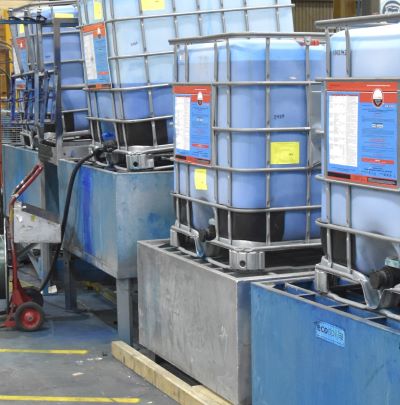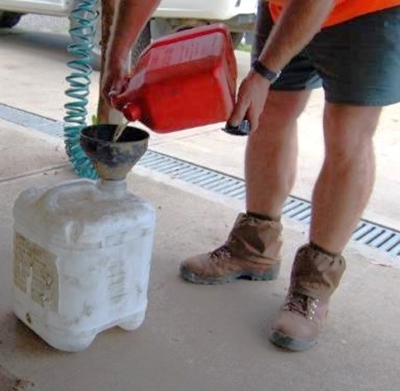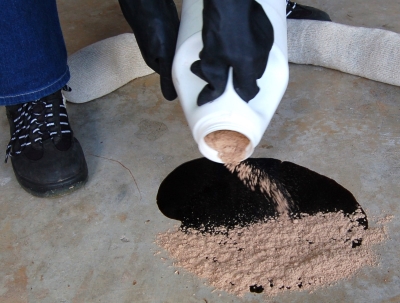Hazardous materials

In the workplace, there are various substances that can cause harm if you don’t handle them properly.
These are called hazardous materials, and they include:
fuels, such as petrol, diesel and LP gas
solvents, such as paint thinners, mentholated spirits and turps
poisons, such as pesticides and herbicides
acids, such as brick-cleaning hydrochloric acid
preservative treatment chemicals.
Apart from the injuries or illnesses they can cause for people exposed to them, they can also be very damaging to the environment if they’re allowed to escape while being handled or stored.
Safety Data Sheets

You should always follow the instructions put out by the manufacturer when you’re handling a hazardous substance.
The label on the product container will give you basic information, but for a complete rundown on what to do in the event of a spillage, or how to dispose of the substance, you’ll need to read the safety data sheet (SDS).
In addition to safety information relating to storage, handling and usage, each SDS also contains environmental care procedures that should be followed when using or disposing of the product or cleaning up a spill.
All manufacturers make SDSs available for download on their websites. Businesses that use the products in their operations are required to provide copies of the SDSs to employees so that they can consult the documents at any time, particularly if they’re using the product for the first time or dealing with an emergency, such as a chemical spill.
General guidelines

Below are some general guidelines that apply to the handling and storage of hazardous materials.
Store chemicals in a designated area, away from stormwater drains.
Provide bunding around the storage area.
Clearly label each container with the name of the chemical it contains.
Don’t store incompatible chemicals with each other.
Dispose of hazardous wastes in accordance with the EPA’s requirements for waste tracking, using a licensed contractor and a licensed waste disposal facility.
Make sure that drums or containers aren’t placed where they can be knocked over by forklifts or reversing trucks.
Never allow hazardous liquids or other chemicals to soak into the ground. Chemicals can accumulate in the soil and seep into the ground water, causing water and land contamination.
If chemicals spill onto unsealed areas of your property, you’ll need to remove the contamination. Contact your local council or the EPA if your land has areas where chemicals have soaked into the soil.
Cleaning up spills

The general response for a small scale spill is:
Stop the source of the spill straight away, if it’s safe to do so.
Contain the spill, using an absorbent sock or other materials contained in the spill kit.
Clean up the spill using sawdust and a broom, or other materials as specified in the SDS.
Store the clean-up waste in a sealed container.
Contact a licensed waste contractor to take away the waste materials.
If a spill occurs that might harm the environment, you must tell the EPA or local council as soon as you become aware of it. For serious spills, or where there is any doubt about the safety of the situation, contact the Fire Brigade on 000.